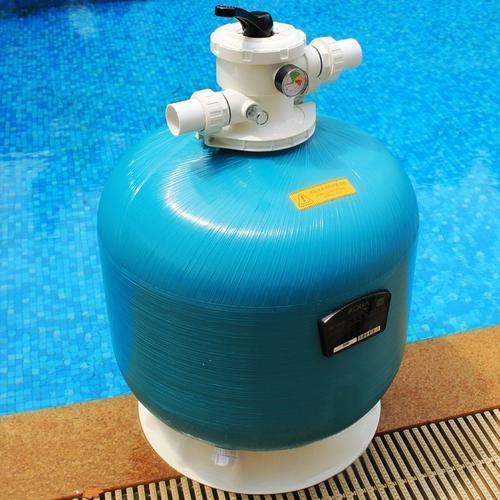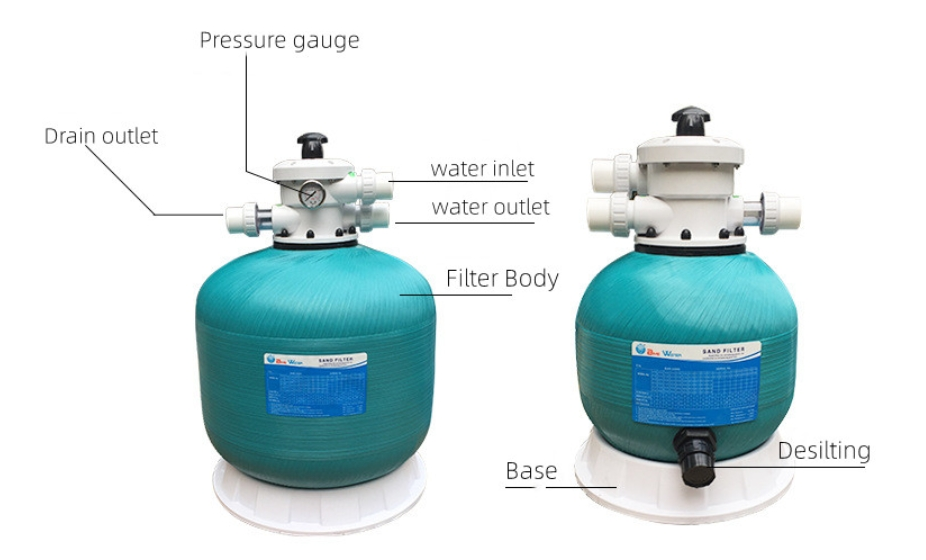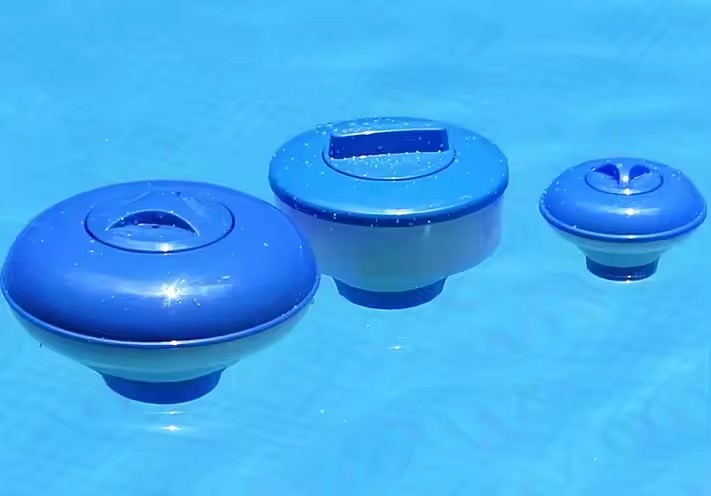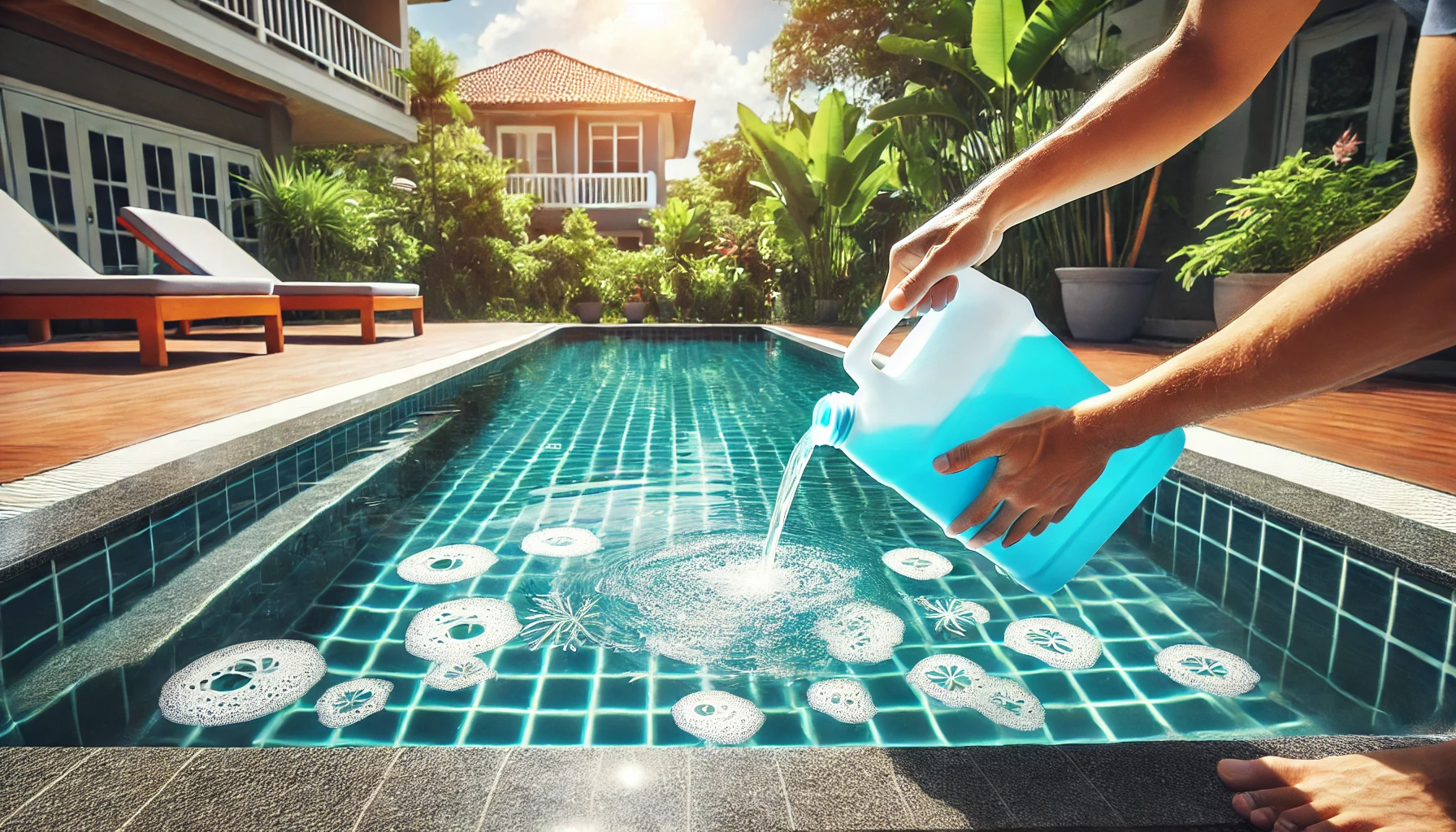Keeping your pool water clear depends heavily on the performance of your pool sand filter. This essential device uses sand as a filtration medium to remove impurities and contaminants from the water through a series of simple yet effective processes. So, how exactly does a pool sand filter work?

I. The Basics of Filtration
A pool sand filter operates on a straightforward principle. It relies on water flowing through a layer of specialized sand, which captures fine particles and impurities. When the pool pump pushes water into the filter, the water is forced through a layer of fine silica sand. The sand particles are carefully selected to effectively capture tiny particles, typically ranging from 20 to 40 microns in diameter.
II. The Filtration Process
As water enters the pool sand filter, it first spreads across the upper part of the filter. Gravity and water pressure drive the water evenly through the sand layer. During this process, the sand particles trap dust, impurities, microorganisms, and other contaminants. The filtered, clean water then exits from the bottom of the filter and flows back into the pool.
III. Backwashing
Over time, the sand accumulates more impurities, which can slow down water flow and reduce filtration efficiency. When this happens, it’s necessary to perform a “backwashing” operation. Backwashing involves reversing the water flow direction, allowing water to flow from the bottom of the filter to the top. This process flushes out the trapped impurities from the sand and expels them through the waste pipe.
The frequency of backwashing depends on how often the pool is used and the overall cleanliness of the water. Generally, backwashing once a week or every two weeks ensures optimal filter performance.
IV. Maintaining and Replacing Sand
While sand can last for several years, it gradually loses its effectiveness as the grains become smoother and less able to capture impurities. It’s recommended to replace the sand in the filter every 5 to 7 years to maintain the best filtration results. Additionally, regularly checking the filter’s operation and promptly cleaning or replacing parts can extend the equipment’s lifespan.
V. Advantages of Sand Filters
Sand filters are widely favored for their reliability and ease of maintenance. Compared to other filtration systems, such as cartridge filters or DE (diatomaceous earth) filters, sand filters offer lower operating costs and simpler maintenance procedures. This makes them a popular choice for both home and public pools.

Conclusion
A sand filter is a crucial component for keeping your pool water clean. By understanding how it works and the maintenance it requires, you can ensure your pool remains clear and the water stays healthy. With regular maintenance and proper operation, a sand filter will provide long-term cleanliness and comfort for your pool.


